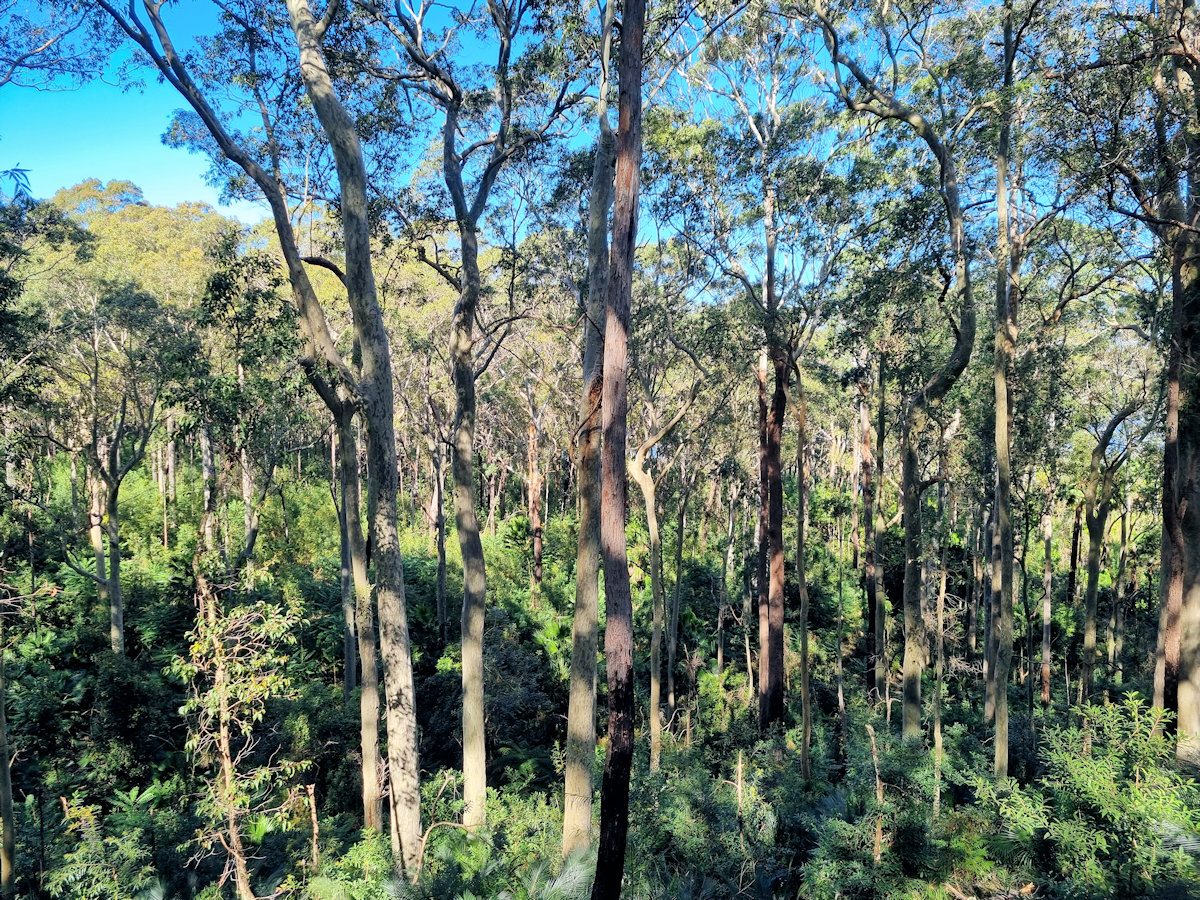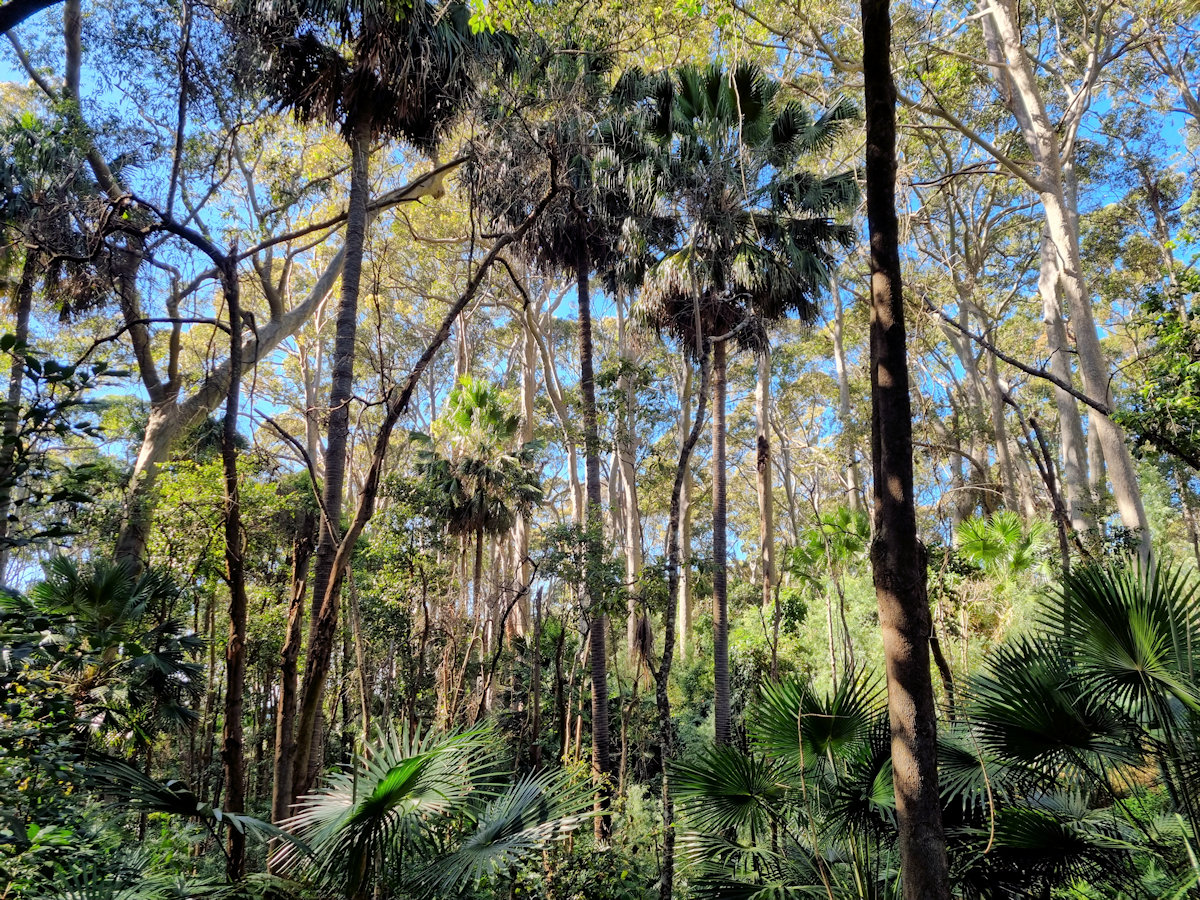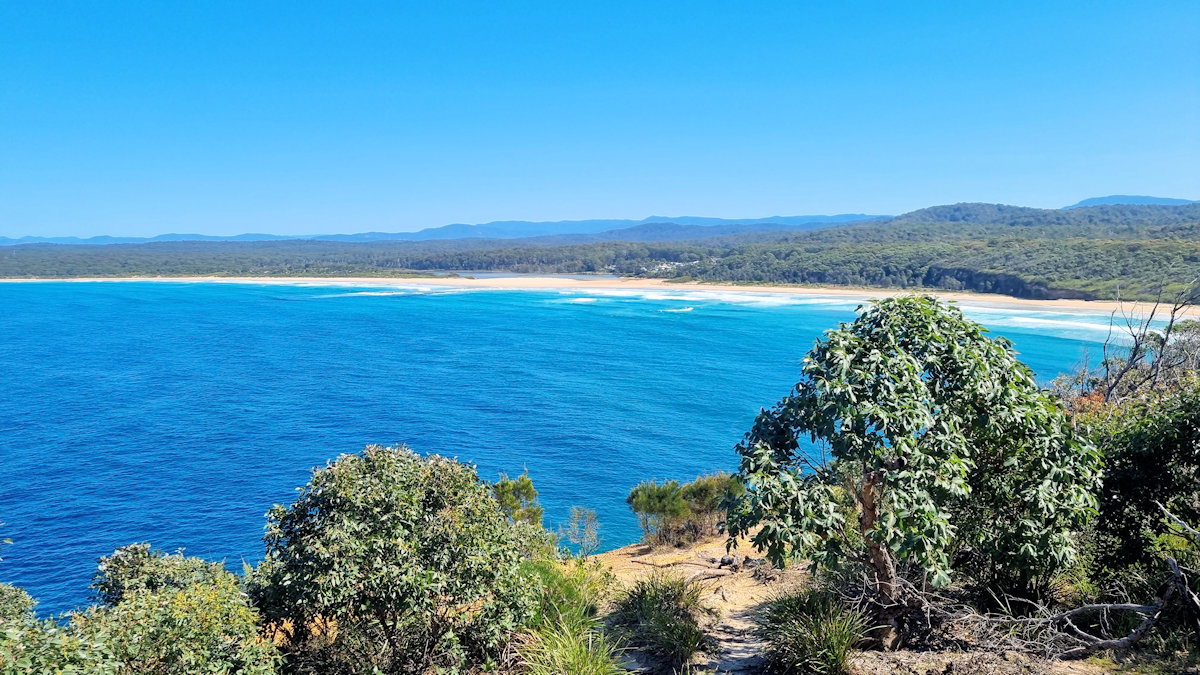Tag: Bushwalking
-
Durras Lake Discovery Trail

Durras Lake Discovery Trail Although the Durras Lake Discovery trail is only 1.5 km long, it’s a fun walk, taking around 45 minutes, depending on your pace. Located in the Murramarang National Park it’s only a 30 minute drive from Batemans Bay. It is a good idea to check the weather before going, as the… Read more
-
Depot Beach Rainforest Walk

Depot Beach Rainforest Walk The Depot Beach Rainforest Walk is a short easy track that runs through littoral rainforest and down to a beautiful sandy beach. As part of Murramarang National Park, it is maintained by NSW National Parks and Wildlife and was in excellent condition during our visit. Almost the entire track has boardwalk,… Read more
-
Burrawang Walking Track

Burrawang Walking Track Starting at Depot Beach, the Burrawang Walking Track takes you through spotted gum and cycad forest to Upright Point with views towards North Durras Beach. Access is easy, with parking at the trail head on Carr Street in Depot Beach. As this is part of Murramarang National Park, no dogs are allowed.… Read more